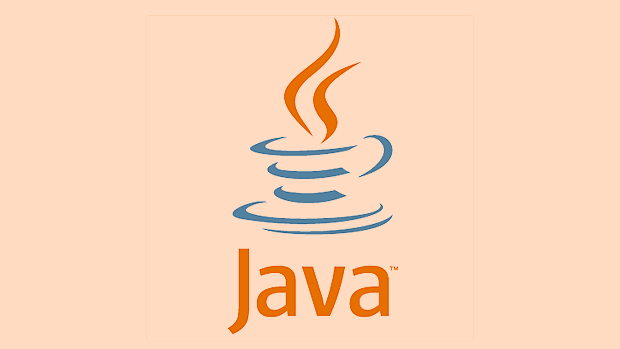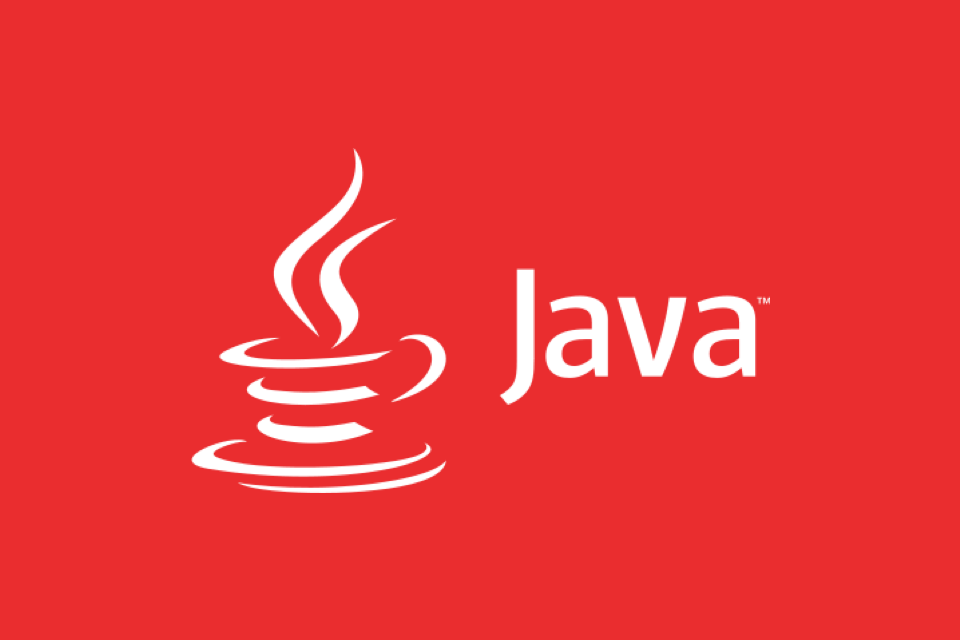Tuning the Java JVM options for production environments need to focus on stability, performance and resource control. 1. Memory settings: -Xms and -Xmx are set to the same value. The recommended initial heap size is 4GB~8GB, and the new generation size is reasonably allocated (accounting for 1/3~1/2 of the heap); 2. Garbage collector selection: G1 is the mainstream choice, suitable for large heap memory and balances throughput and latency. ZGC is available for high QPS scenarios; 3. Other key parameters include limiting the size of the Metaspace, adjusting the thread stack, enabling GC logs and Native memory tracking; Tuning is a continuous process, and the configuration needs to be continuously optimized in combination with monitoring data.

Tuning Java JVM options in a production environment is at the core of stability, performance, and resource control . It is not simply adding a few parameters to solve the problem, but it needs to be comprehensively configured based on application characteristics, system resources and load conditions.

Memory settings: Reasonable allocation of heap memory is the basis
The JVM's heap memory settings directly affect the performance and GC behavior of the application. Generally speaking, do not set -Xmx (maximum heap) and -Xms (initial heap) to be too small or too large.
- If the heap is too small, frequent GC will lead to performance degradation;
- Too big a heap may cause the Full GC to take too long, or even OOM.
Suggested practices:

- Set the initial heap and the maximum heap to the same value to avoid the overhead caused by dynamic adjustment during runtime;
- Depending on the available memory of the server, sufficient space is reserved for non-heap areas (such as Metaspace, thread stack, Direct Buffer, etc.);
- For most mid-size services, 4GB ~ 8GB is a common starting range.
For example:
-Xms4g -Xmx4g
You should also pay attention to the size of the new generation. You can set it through -Xmn , which generally accounts for 1/3~1/2 of the entire heap.

Garbage collector selection: It is more important to match business scenarios
Different garbage collectors are suitable for different types of businesses:
- Parallel Scavenge Serial Old : Throughput is preferred, suitable for batch processing tasks;
- CMS (deprecated) : low latency, but prone to concurrent mode failure;
- G1 : Balances throughput and latency, suitable for large amounts of memory;
- ZGC/Shenandoah : Submillisecond pause, suitable for delay-sensitive services.
Currently G1 is the default choice for most production environments, and the following parameter combination is recommended:
-XX: UseG1GC -XX:MaxGCPauseMillis=200
If your app has very high QPS and cannot tolerate long pauses, try ZGC (requires JDK 11):
-XX: UseZGC
Remember to enable GC logs to facilitate subsequent analysis and optimization effects:
-Xlog:gc*:file=/path/to/gc.log:time
Other key options: Don't ignore these details
In addition to memory and GC, there are some parameters that can significantly affect operation performance and problem troubleshooting:
Metaspace size limit : prevents unlimited growth of metaspace to cause OOM
-XX:MaxMetaspaceSize=512m
Thread stack size : default 1MB, too high may waste memory; too low may cause StackOverflow
-Xss256k
JVM startup mode : Turn off background compilation optimization to speed up startup (suitable for short life cycle services)
-Xint
OOM Killer configuration : Let the JVM exit actively when there is insufficient memory instead of being killed by the operating system
-XX: ExitOnOutOfMemoryError
Enable Native memory tracking : Troubleshoot non-heap memory leaks
-XX:NativeMemoryTracking=summary
Summarize
Tuning the JVM is not a one-time thing, but a process of continuous observation and adjustment. The key is to combine monitoring data (such as GC logs, CPU usage, memory changes) to determine whether the current configuration is reasonable. Only by doing pressure tests before the production environment is launched, and continue to pay attention to logs and indicators after it is launched, so as to truly realize the potential of JVM.
Basically, that's all, just adjust as needed during actual operation.
The above is the detailed content of Tuning Java JVM Options for Production Environments. For more information, please follow other related articles on the PHP Chinese website!

Hot AI Tools

Undress AI Tool
Undress images for free

Undresser.AI Undress
AI-powered app for creating realistic nude photos

AI Clothes Remover
Online AI tool for removing clothes from photos.

Clothoff.io
AI clothes remover

Video Face Swap
Swap faces in any video effortlessly with our completely free AI face swap tool!

Hot Article

Hot Tools

Notepad++7.3.1
Easy-to-use and free code editor

SublimeText3 Chinese version
Chinese version, very easy to use

Zend Studio 13.0.1
Powerful PHP integrated development environment

Dreamweaver CS6
Visual web development tools

SublimeText3 Mac version
God-level code editing software (SublimeText3)

Hot Topics
 Difference between HashMap and Hashtable?
Jun 24, 2025 pm 09:41 PM
Difference between HashMap and Hashtable?
Jun 24, 2025 pm 09:41 PM
The difference between HashMap and Hashtable is mainly reflected in thread safety, null value support and performance. 1. In terms of thread safety, Hashtable is thread-safe, and its methods are mostly synchronous methods, while HashMap does not perform synchronization processing, which is not thread-safe; 2. In terms of null value support, HashMap allows one null key and multiple null values, while Hashtable does not allow null keys or values, otherwise a NullPointerException will be thrown; 3. In terms of performance, HashMap is more efficient because there is no synchronization mechanism, and Hashtable has a low locking performance for each operation. It is recommended to use ConcurrentHashMap instead.
 Why do we need wrapper classes?
Jun 28, 2025 am 01:01 AM
Why do we need wrapper classes?
Jun 28, 2025 am 01:01 AM
Java uses wrapper classes because basic data types cannot directly participate in object-oriented operations, and object forms are often required in actual needs; 1. Collection classes can only store objects, such as Lists use automatic boxing to store numerical values; 2. Generics do not support basic types, and packaging classes must be used as type parameters; 3. Packaging classes can represent null values ??to distinguish unset or missing data; 4. Packaging classes provide practical methods such as string conversion to facilitate data parsing and processing, so in scenarios where these characteristics are needed, packaging classes are indispensable.
 How does JIT compiler optimize code?
Jun 24, 2025 pm 10:45 PM
How does JIT compiler optimize code?
Jun 24, 2025 pm 10:45 PM
The JIT compiler optimizes code through four methods: method inline, hot spot detection and compilation, type speculation and devirtualization, and redundant operation elimination. 1. Method inline reduces call overhead and inserts frequently called small methods directly into the call; 2. Hot spot detection and high-frequency code execution and centrally optimize it to save resources; 3. Type speculation collects runtime type information to achieve devirtualization calls, improving efficiency; 4. Redundant operations eliminate useless calculations and inspections based on operational data deletion, enhancing performance.
 What are static methods in interfaces?
Jun 24, 2025 pm 10:57 PM
What are static methods in interfaces?
Jun 24, 2025 pm 10:57 PM
StaticmethodsininterfaceswereintroducedinJava8toallowutilityfunctionswithintheinterfaceitself.BeforeJava8,suchfunctionsrequiredseparatehelperclasses,leadingtodisorganizedcode.Now,staticmethodsprovidethreekeybenefits:1)theyenableutilitymethodsdirectly
 What is an instance initializer block?
Jun 25, 2025 pm 12:21 PM
What is an instance initializer block?
Jun 25, 2025 pm 12:21 PM
Instance initialization blocks are used in Java to run initialization logic when creating objects, which are executed before the constructor. It is suitable for scenarios where multiple constructors share initialization code, complex field initialization, or anonymous class initialization scenarios. Unlike static initialization blocks, it is executed every time it is instantiated, while static initialization blocks only run once when the class is loaded.
 What is the `final` keyword for variables?
Jun 24, 2025 pm 07:29 PM
What is the `final` keyword for variables?
Jun 24, 2025 pm 07:29 PM
InJava,thefinalkeywordpreventsavariable’svaluefrombeingchangedafterassignment,butitsbehaviordiffersforprimitivesandobjectreferences.Forprimitivevariables,finalmakesthevalueconstant,asinfinalintMAX_SPEED=100;wherereassignmentcausesanerror.Forobjectref
 What is the Factory pattern?
Jun 24, 2025 pm 11:29 PM
What is the Factory pattern?
Jun 24, 2025 pm 11:29 PM
Factory mode is used to encapsulate object creation logic, making the code more flexible, easy to maintain, and loosely coupled. The core answer is: by centrally managing object creation logic, hiding implementation details, and supporting the creation of multiple related objects. The specific description is as follows: the factory mode handes object creation to a special factory class or method for processing, avoiding the use of newClass() directly; it is suitable for scenarios where multiple types of related objects are created, creation logic may change, and implementation details need to be hidden; for example, in the payment processor, Stripe, PayPal and other instances are created through factories; its implementation includes the object returned by the factory class based on input parameters, and all objects realize a common interface; common variants include simple factories, factory methods and abstract factories, which are suitable for different complexities.
 What is type casting?
Jun 24, 2025 pm 11:09 PM
What is type casting?
Jun 24, 2025 pm 11:09 PM
There are two types of conversion: implicit and explicit. 1. Implicit conversion occurs automatically, such as converting int to double; 2. Explicit conversion requires manual operation, such as using (int)myDouble. A case where type conversion is required includes processing user input, mathematical operations, or passing different types of values ??between functions. Issues that need to be noted are: turning floating-point numbers into integers will truncate the fractional part, turning large types into small types may lead to data loss, and some languages ??do not allow direct conversion of specific types. A proper understanding of language conversion rules helps avoid errors.






